![]() Despite continued bombing of northwestern areas in Syria, scouts gather in downtown Idlib to show support for Gaza [Ali Haj Suleiman/Al Jazeera]
Despite continued bombing of northwestern areas in Syria, scouts gather in downtown Idlib to show support for Gaza [Ali Haj Suleiman/Al Jazeera]
Fri 29 December 2023:
Sweida, Syria – On Friday, people carried red flowers, flags and banners as they headed towards Freedom Square in the city centre to take part in a demonstration filled with songs and chants calling for the overthrow of the Syrian regime.
“The revolution will continue and we will keep taking to the streets to achieve our demands,” Lubna al-Basit, 30, declared resolutely to Al Jazeera.
It was the 130th such demonstration since they began taking place on a daily basis in August. This time, there was a particularly festive feel in anticipation of the New Year in the air.
Worsening living conditions and lack of public services have sparked protests in regime-held areas over the past few years of the civil war, but they have not been this sustained and populous before. This time, the slogans shouted are more reminiscent of 2011 when protests were met with brutal repression by the security forces.
The year 2023, which was kicked off with the earthquake disaster in Turkey and Syria, has borne witness to several important international and local developments for Syria.
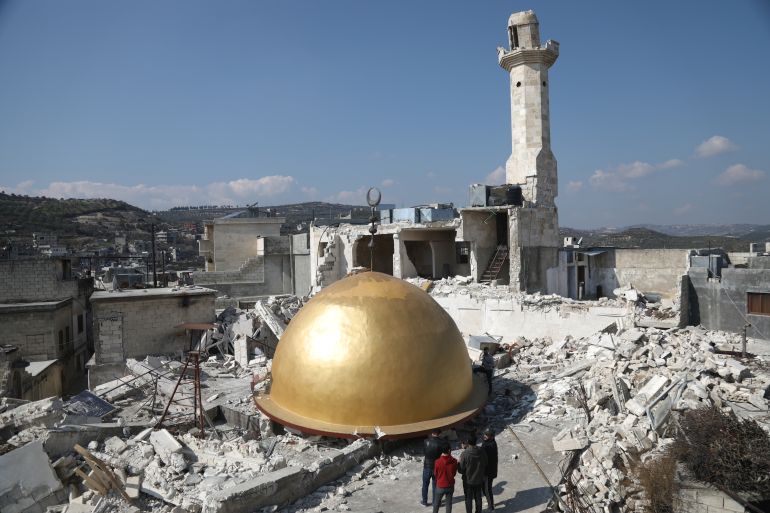
Since the start of this year, the Syrian pound has halved in value against the dollar. Before the war it traded at 47 Syrian pounds to the dollar; at the start of 2023, it was around 6,500 Syrian dollars. Now, having been devalued halfway through the year by the Central Bank, it is trading at just over 13,000 to the dollar.
Public services and living conditions have gone “from bad to worse”, al-Basit said. She placed the blame firmly on the “bankruptcy” of the Syrian regime and its inability to provide anything better for its people.
“These demonstrations will continue in 2024 because there is no seriousness in resolving the Syrian issue.”
Normalisation and precautions
A few months before the protests in Sweida began last summer, the Arab League took the decision to bring Syria back into the fold.
However, this normalisation of relations with the Syrian regime did not put a stop to the illegal trading of the highly addictive drug, Captagon, which is exported from Syria to the Gulf countries and around the world, as clashes continue on the southern border between the Jordanian army and Syrian drug smugglers.
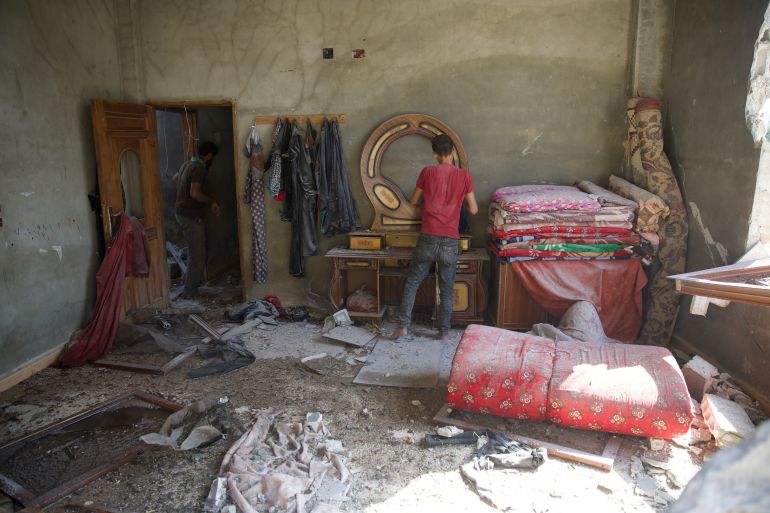
Al-Basit and other activists participating in the protests in Sweida last Friday said they were not surprised. “The Syrian crisis is fundamental to the Arab world and must be resolved because the danger of [President] Bashar is crossing the borders,” al-Basit said.
Even with the normalisation of relations between Syria and other Arab nations, activists remain hopeful that the regime can still be held to account, for example via the international court of justice proceedings against Syria for violations of the Convention against Torture.
Furthermore, the arrest warrant issued by France this year against President Bashar al-Assad for his role in the chemical massacre of 2013 has brought hope to some people.
Radwan al-Atrash, the director of the Syrian Centre for Community Development, told Al Jazeera that peaceful demonstrators across Syria support all accountability efforts. “[These are] all positive factors in finding a solution to the Syrian crisis.”

Syrians gather in Idlib in March 2023 to commemorate the 12th anniversary of protests against the regime [Ali Haj Suleiman/Al Jazeera]
Although the bombing and targeting of civilian areas and gatherings has not stopped in northwestern Syria, action by Syrian organisations to support Gaza has continued.
“Standing with peoples exposed to injustice” is what has motivated the continued protests despite the danger, al-Atrash said.
Millions in danger
“The international community must realise that the lives of millions of Syrians are in danger,” Mounir Mustafa, deputy director of the Syrian Civil Defense (White Helmets), told Al Jazeera. In August, the White Helmets held an event in Idlib to commemorate the 10th anniversary of a chemical weapons massacre of 1,000 people in villages in Ghouta, southern Syria, by the regime.
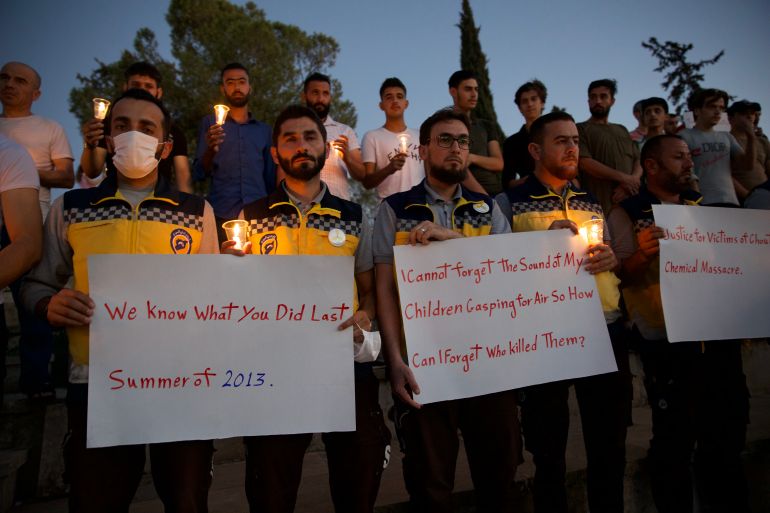
This year, the regime’s focus has been on the northwestern part of the country, where 1,232 attacks by the Syrian regime and its allies have been recorded this year. These have caused the deaths of 162 people and the wounding of 684 others, half of whom were women and children.
Mustafa said he believes the regime is stepping up its attacks in direct response to the protests in Sweida.
“It is using escalation as a means to tighten its grip on power and impose its presence as a capable actor,” he said, adding that the bombing had targeted vital facilities with internationally banned weapons.
Mustafa described the consequences of continued bombing as “catastrophic” in light of the growing humanitarian disaster in the area, and the lack of funding for relief operations.
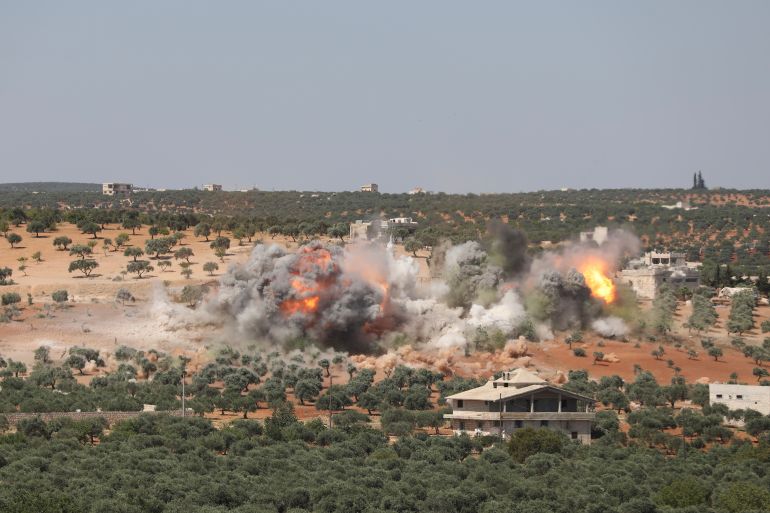
Heated fronts all over the map
In his briefing to the Security Council On Thursday last week, UN Special Envoy to Syria Geir O Pedersen spoke about the fighting and attacks that other areas of Syria have also suffered in 2023.
Most significant, he said, has been the intense Israeli bombing of Damascus and Aleppo airports since the start of the war on Gaza, which has impeded the movement of civilians and humanitarian operations by the United Nations.
He said the battles in Deir ez-Zor between the Arab tribes and Syrian Democratic Forces (SDF) at the end of August, as well as the continued SDF clashes with Turkey, represent an escalation of the deadly violence in Syria.
“No one should delude themselves that this worrying new normal of ongoing escalation is in any way sustainable,” Pedersen told the Security Council. He called on the Security Council to refocus its efforts on achieving a political peace process which it agreed to some eight years ago.
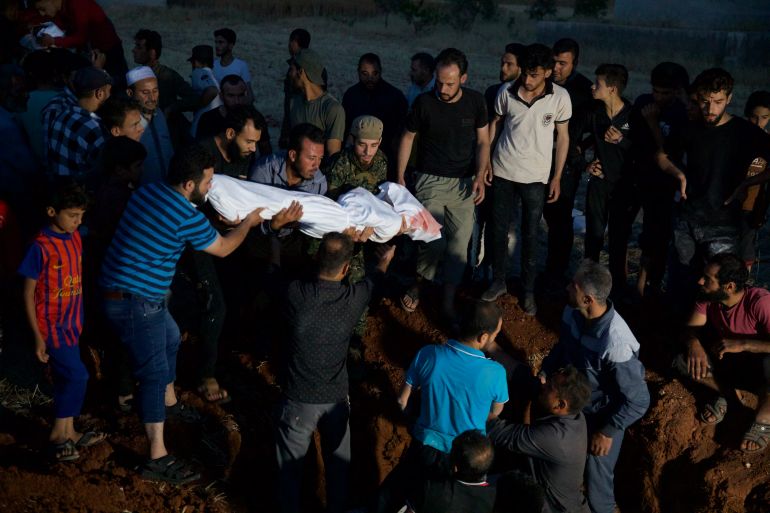
A mounting crisis with dwindling support
The earthquake of February 6, which killed 5,900 people across Syria, injured more than 12,800 and caused widespread destruction to infrastructure, triggered an increase in the humanitarian aid response at the beginning of 2023.
The social projects coordinator at Ataa Humanitarian Relief Association, Ahmed Hashem, told Al Jazeera that this was, however, short-lived because of “lack of funding”.
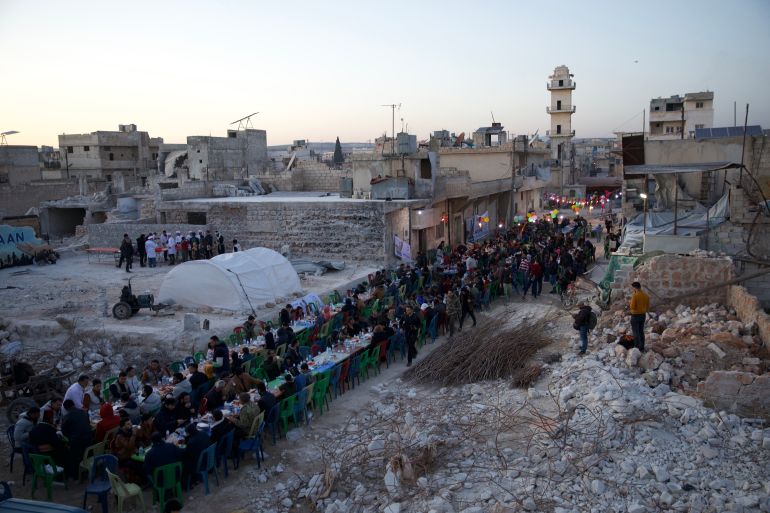
Support is expected to continue to decline. In 2023, the World Food Programme announced that it would stop distributing food rations to 5.5 million people from the start of 2024.
Other humanitarian drives for 2023 received only one-third of the funding they required.
Hashem said that local humanitarian organisations are unable to bear the burden. The only solution to the crisis in Syria is effective international intervention, he said
The United Nations has already estimated that the number of people in need of humanitarian assistance in Syria in 2024 will be 16.7 million, 1.4 million more than in 2023
Economic decline, high levels of inflation and rising food prices have led to increased rates of poverty already, but the worst is likely yet to come, protesters in Sweida say, if the Syrian crisis continues to be ignored and the needs of its people are not met.
______________________________________________________________
FOLLOW INDEPENDENT PRESS:
WhatsApp CHANNEL
https://whatsapp.com/channel/0029VaAtNxX8fewmiFmN7N22
![]()
TWITTER (CLICK HERE)
https://twitter.com/IpIndependent
FACEBOOK (CLICK HERE)
https://web.facebook.com/ipindependent
Think your friends would be interested? Share this story!





